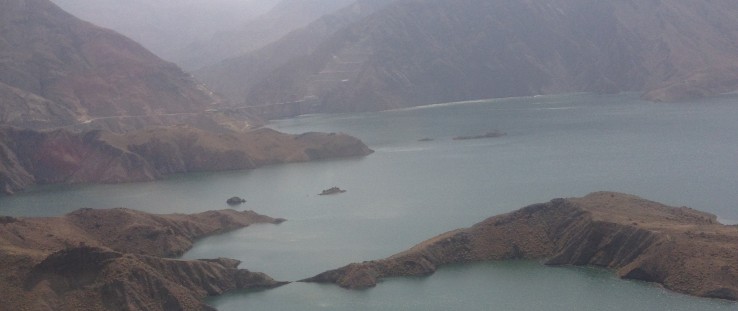 Gomal Zam Dam reservoir
Brit Steiner
Gomal Zam Dam reservoir
Brit Steiner
 Gomal Zam Dam reservoir
Brit Steiner
Gomal Zam Dam reservoir
Brit Steiner
I never imagined I would have the opportunity to travel to the Federally Administered Tribal Areas (FATA)—a remote and relatively insecure region sandwiched between Afghanistan and the settled areas of Pakistan. As our helicopter bumbled over the rugged, dry, brown terrain, I could not envision a puddle, let alone 1.14 million acre-feet of water (a typical American family uses .25 acre-feet of water per year). Yet, two hours into the flight, we finally crested over the last mountain range and there it was, deep blue and stretched across the landscape as far as the eye could see. We had arrived at Gomal Zam Dam.
On Sept. 12, 2013, U.S. Ambassador to Pakistan Richard Olson and USAID Mission Director Greg Gottlieb inaugurated the Gomal Zam Dam in South Waziristan, a region formerly known as one of the most insecure in the FATA and a place where terrorist organizations such as Tehrik-i-Taliban Pakistan reside. Communities here are tribal, and generally patriarchal and conservative. After decades of unrest and violence—both internal and external—what could one hope for the future?
Instability and violence are fueled and perpetuated by poverty. In Pakistan, 22 percent of the population lives below the poverty line, many of them in the rural areas where this dam was built. Economic and social investment is critical to provide the Wazir people with livelihood opportunities and to cultivate trust in the government.
As the former communications chief at the USAID mission, I have been fortunate to travel throughout most of the country, so I can say with confidence the Gomal Zam Dam is one of the most impressive projects the United States supports in Pakistan, or perhaps anywhere in the world.
Water is essential to agriculture-based societies and economies like South Waziristan. The dam stores 1.14 million acre-feet of critically needed water to irrigate 30,000 farms on nearly 200,000 acres of land (an acre-foot is the amount of water it would take to cover an acre of land with a foot of water, or approximately 326,000 gallons of water). It also prevents what had been perennial flooding. Areas that were underwater during the summer 2012 flooding season remained dry in 2013 thanks to the project. In addition to irrigation and flood control, Gomal Zam Dam’s power station brought electricity to 52 villages for the first time.
A ‘Powerful’ Partnership
It is important to recognize that the U.S. Government could not have completed this project on its own.
Upon our arrival in South Waziristan, we were greeted by the Pakistani minister of water and power, the chairman of the Water and Power Distribution Authority (WAPDA), members of the Frontier Works Organization, and generals from the Pakistani military. While USAID contributed $97 million for the power station completion and irrigation portion of the project, implementation was carried out by these Pakistani partners.
WAPDA managed the technical aspects of the program, the Frontier Works Organization constructed the road nearby (also funded by USAID), and the Pakistani military provided security—including during my visit that day.
The United States’ bilateral relationship with Pakistan has been described as tense, transactional or even dysfunctional. However, what I witnessed that day was something much different—a 3-year-long collaboration that could only be defined as successful.
With a large annual budget for USAID in Pakistan, stories like this can get lost in the flurry of other activities. The largely negative noise filling airwaves in Pakistan can also preclude positive news like this from reaching the public. Additionally, security often prevents people, especially Americans, from visiting projects and sharing their stories.
There are dozens of examples of the U.S. Government, through USAID, working with Pakistan to make the country a brighter place. Gomal Zam Dam is one of our most impressive projects due to its achievements in three critical sectors: agriculture, energy and stabilization.
What other achievements can the U.S. Government tout in Pakistan? For one, we’ve added over 1,200 megawatts of capacity to Pakistan’s national grid since October 2009 through projects just like the Gomal Zam Dam. That is enough energy to provide electricity to more than 18 million Pakistanis and meet nearly 25 percent of Pakistan’s overall energy supply deficit.
USAID has also built over 600 schools and provided more than 12,000 scholarships for talented and needs-based Pakistani students to attend university. We have constructed or rehabilitated over 740 kilometers of roads, which provide communities with access to markets and improve transport times across the border with Afghanistan, facilitating regional trade.
In total, we have financed irrigation for more than 415,000 acres of farmland in Pakistan, which has helped increase the incomes of more than 560,000 farmers. We have constructed new hospital wards, as well as fixed and mobile health units. We have helped reduce infant mortality, combated disease through medical supplies, and provided access to contraceptives to allow Pakistani families to make healthy choices as they plan their families. We have helped victims of conflict get the assistance they need to rebuild their lives and provided grants to organizations fighting for gender equity.
As the USAID Impact Blog discussed in late 2013, a Pakistani woman who was the victim of a brutal acid attack was provided with photography training and equipment to pursue her dream of capturing the images of those around her and providing a life for herself and her children.
Pakistan is the fifth largest mango producer in the world but as farmers like Mumtaz from Punjab said, “Until USAID’s Dairy Project, we didn’t know about modern farming methods and now we have better systems and better yields.” The agricultural sector created hundreds of new jobs but, more importantly, it showed an unprecedented 75 percent increase in farm revenues with the shift into international markets.
We have done all of these activities—and have dozens more in the works—with Pakistani support and oftentimes through Pakistani institutions.
The story about Gomal Zam Dam is one of many we’re able to share. Shortly after the visit in South Waziristan, Ambassador Olson and USAID Mission Director Gottlieb attended a trade expo with the consulate in Karachi and USAID implementers to emphasize the U.S. commitment to trade, not just aid, in Pakistan. They were also able to inaugurate a thermal power station in the interior of Sindh province responsible for adding 270 megawatts to the national grid. Many more successes have been noted since my departure in October 2013.
Despite these successes, challenges will remain as in any high stakes bilateral relationship. However, USAID will continue to focus on our numerous mutual interests with Pakistan. We have already overcome challenges and are moving in a positive direction with U.S.-supported programs, and more importantly, in our relationship with Pakistan.









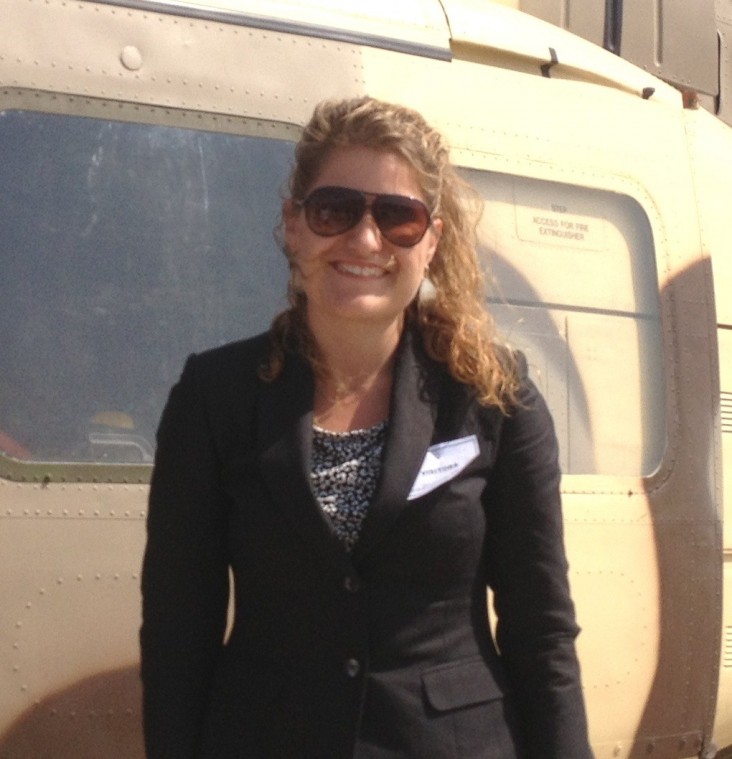
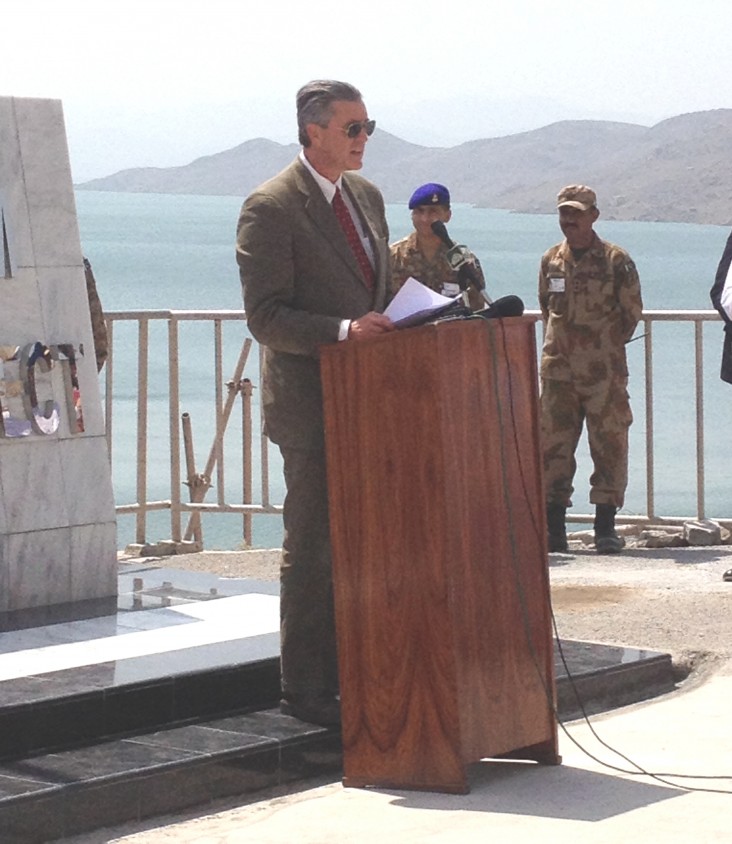
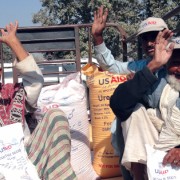
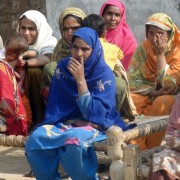
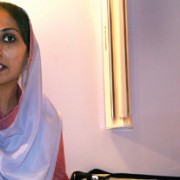
Comment
Make a general inquiry or suggest an improvement.